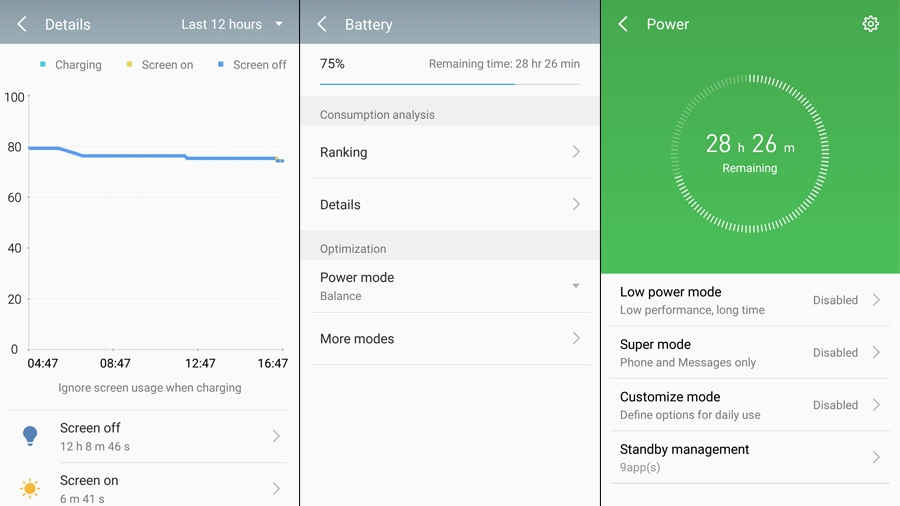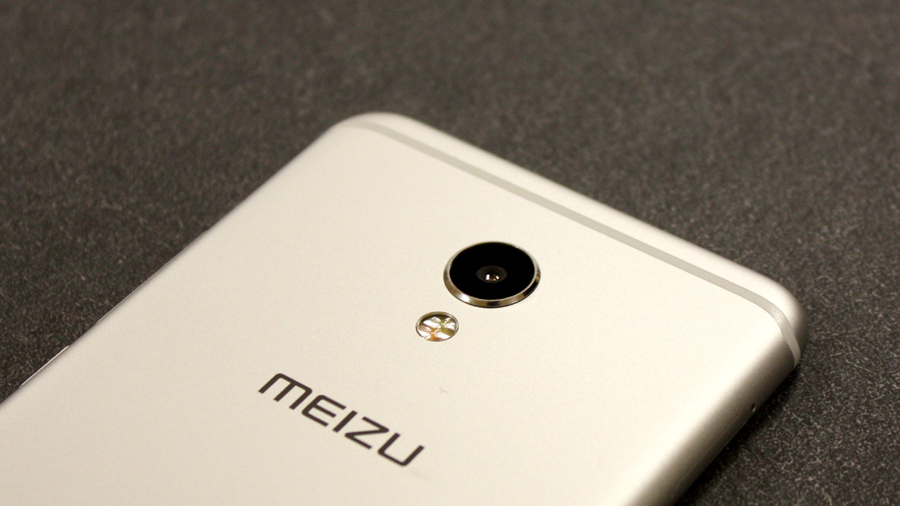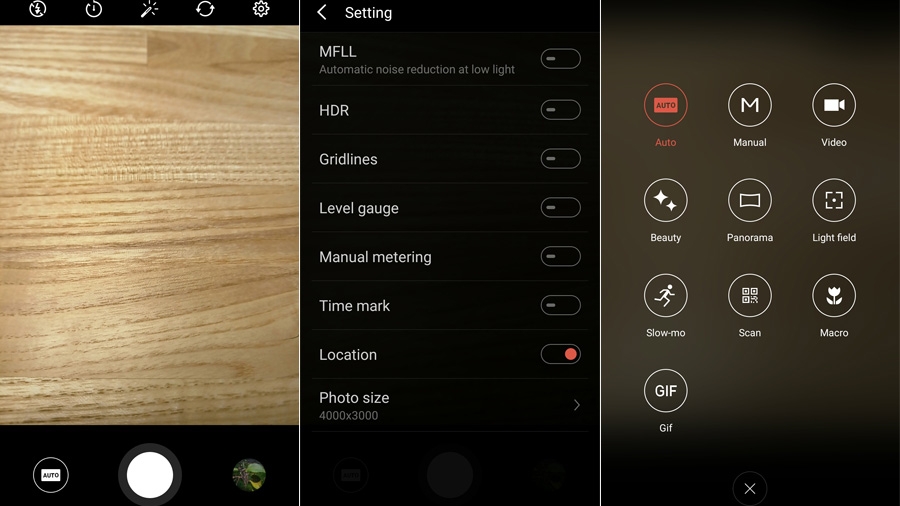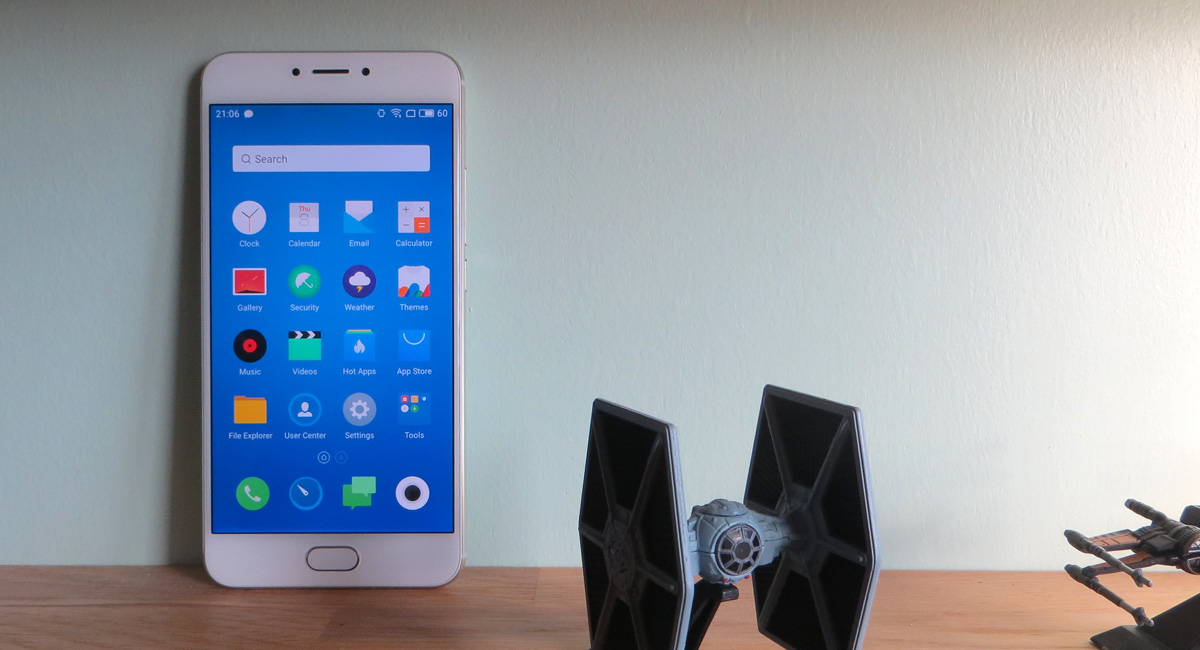Why you can trust TechRadar
Battery life
- Non-removable 3,060mAh battery puts it on par with OnePlus 3
- Can fully charge in just 75 minutes
Like so many other current smartphones, the Meizu MX6 comes with a non-removable battery, which will wear out over time. It’s important, then, to start off with a battery of a reasonable capacity, and with a 3,060mAh lithium cell onboard, the MX6 should last a similar amount of time to the Samsung Galaxy S7 (3,000mAh) and HTC 10 (3,000mAh).
Although it’s difficult to make a direct comparison between Android-based phones and the iPhone, the MX6 does have a larger battery than the iPhone 7 Plus’ 2,900mAh offering.
Discerning the longevity of the MX6’s battery life isn’t the easiest affair, as Meizu measures battery life a bit differently in Flyme OS. Most Android phones reset the battery stats whenever you fully charge the phone, whilst Flyme OS only gives you the option to view the past 3, 6, or 12 hours.
Meizu claims that you should expect 9 hours of continuous usage out of the MX6, making it pretty likely that you can get through a full day without needing to recharge.

If you do happen to need to reach for the plug a little sooner than you had hoped, Meizu’s proprietary mCharge technology makes it possible to charge the battery in just 75 minutes, thanks to a 24w charger that’s a whole 6w more powerful than the adaptors bundled with phones toting Qualcomm Quick Charge 3.0 technology.
To get our own perspective on the MX6’s battery life, we ran the legendary Nyan Gareth battery test for a full 90 minutes, with screen brightness at max and the handset connected to Wi-Fi.
Once an hour and a half had rolled around, the battery level had dropped by 24% to 76%, a single percentage point worse than that achieved in our tests of the OnePlus 3. By comparison, the Nubia Z11 lost only 20% in the same test, and has a 3,000mAh battery.
That’s not a terrible result by the MX6, but neither is it among the best we’ve seen – likely an indication that MediaTek’s chipset simply isn’t as efficient as Qualcomm or Samsung’s.
In the real world, we found ourselves easily getting to the end of a full day’s usage with between 20 and 30% of battery remaining – more than enough to meet most people’s needs.
Camera
- Distinctly average camera software
- The camera protrudes from the rear, which will annoy some
The camera found in the Meizu MX6 is the same used in the Pro 6 released earlier in 2016 – a Sony IMX386 12MP sensor with an f/2.0 aperture and a 6-element lens.
In day-to-day use the camera performance was fairly average, spoilt by the camera’s over-processing that made many of the images look fuzzy and soft on close-up inspection. Notably, the quality was considerably worse than the Nubia Z11, which is only slightly more expensive.
As far as the software goes, the camera UI is a relatively simple affair, and will be familiar to anyone who has used previous generations of recent Meizu handsets. The camera app boots from the lock screen in around 2 seconds, which feels like a millennia when you’re trying to capture the moment.

Once you boot up the camera app, you’ll find a selection of shortcuts and toggles on the left-hand side to access settings, filters, flash and to switch to the front-facing camera. On the right there’s the shutter button, mode button and a shortcut to the gallery app.
Remarkably, there's no quick way to switch to video mode like you’ll find on camera apps from most competitors; to access it, you’ll need to go into the modes menu.

Plenty of other modes are available including Auto, Manual, Beauty, Panorama, Light Field, Slow-mo, Scan, Macro and GIF. Manual mode gives you the most control over your images, with adjustments for white balance, contrast, saturation, ISO and shutter speed. GIF mode takes a 6-second video and loops it continuously.
The front-facing camera was better than we had expected, with the 5MP sensor pulling in plenty of detail to create quality selfies – a must for any new smartphone.
Camera samples









Current page: Battery life and camera
Prev Page What's it like to use? Next Page Verdict and competition